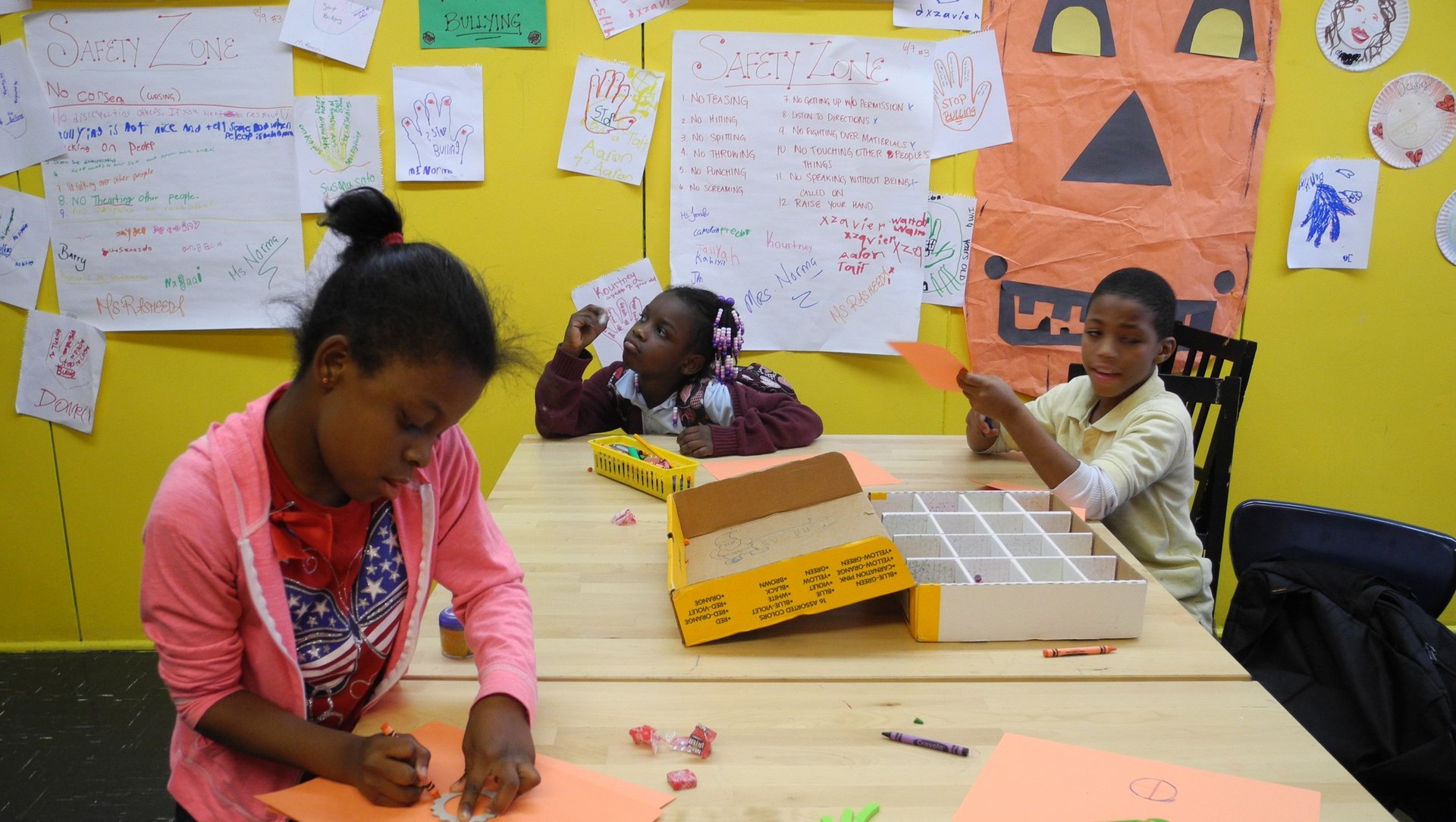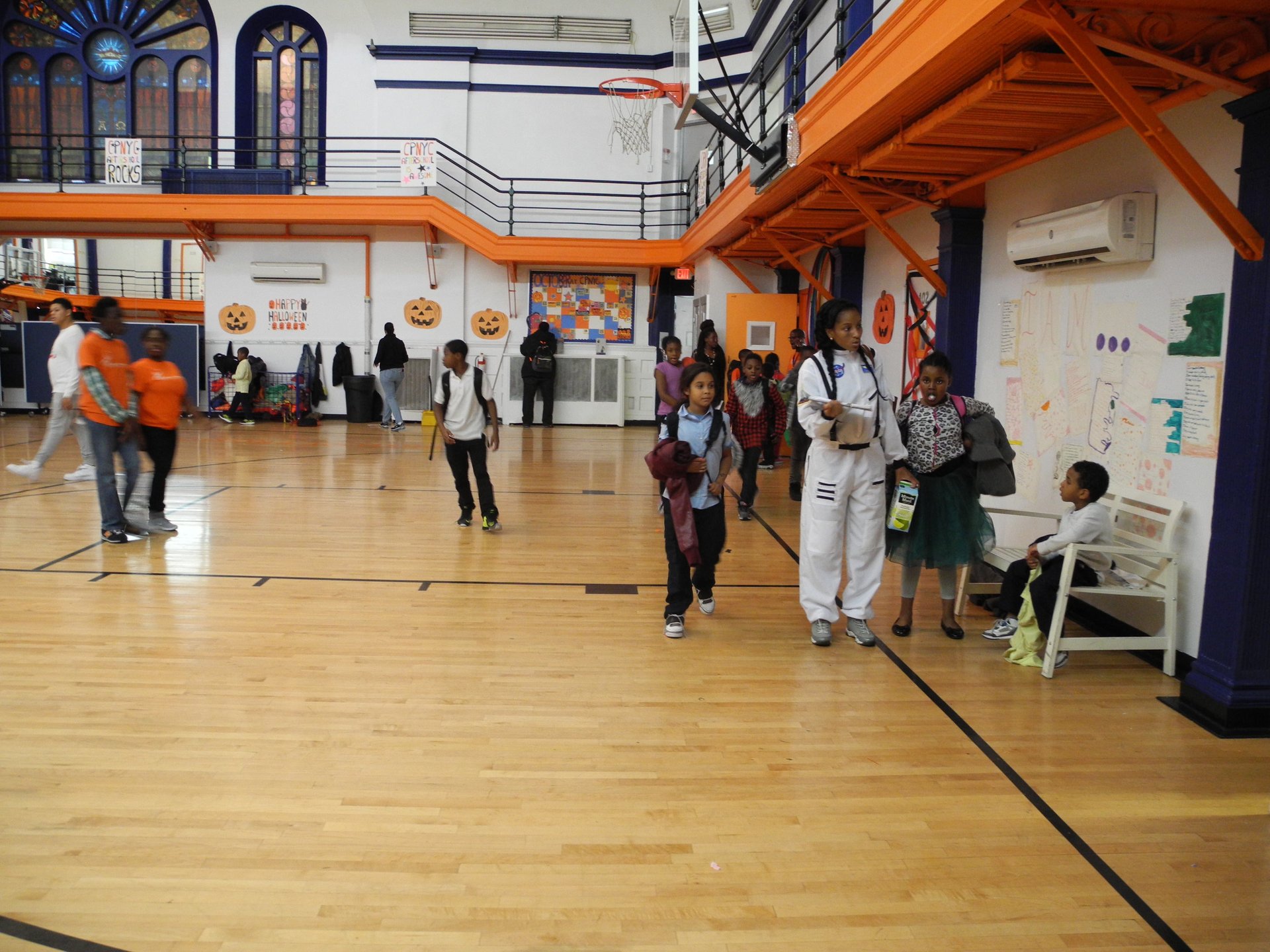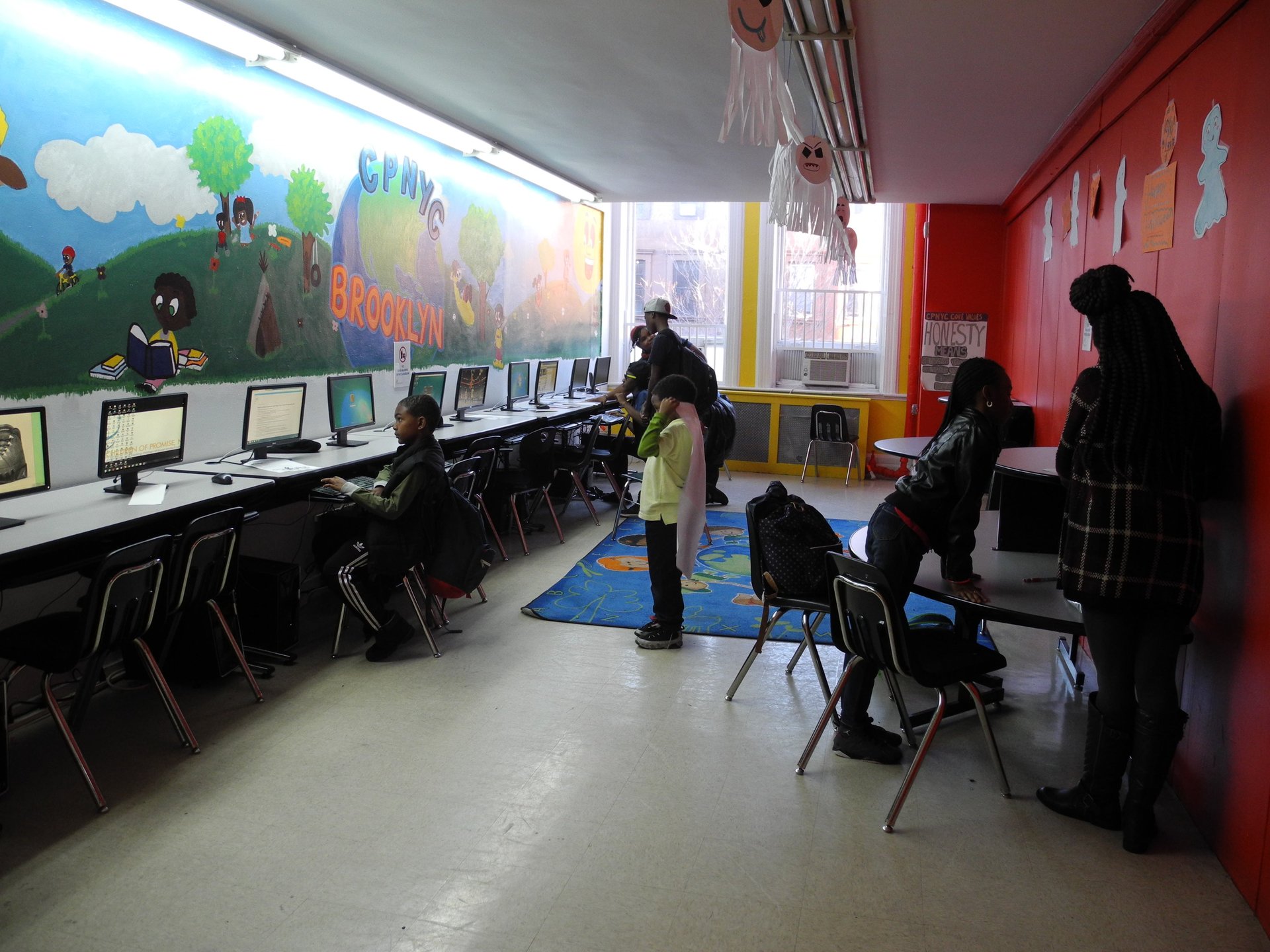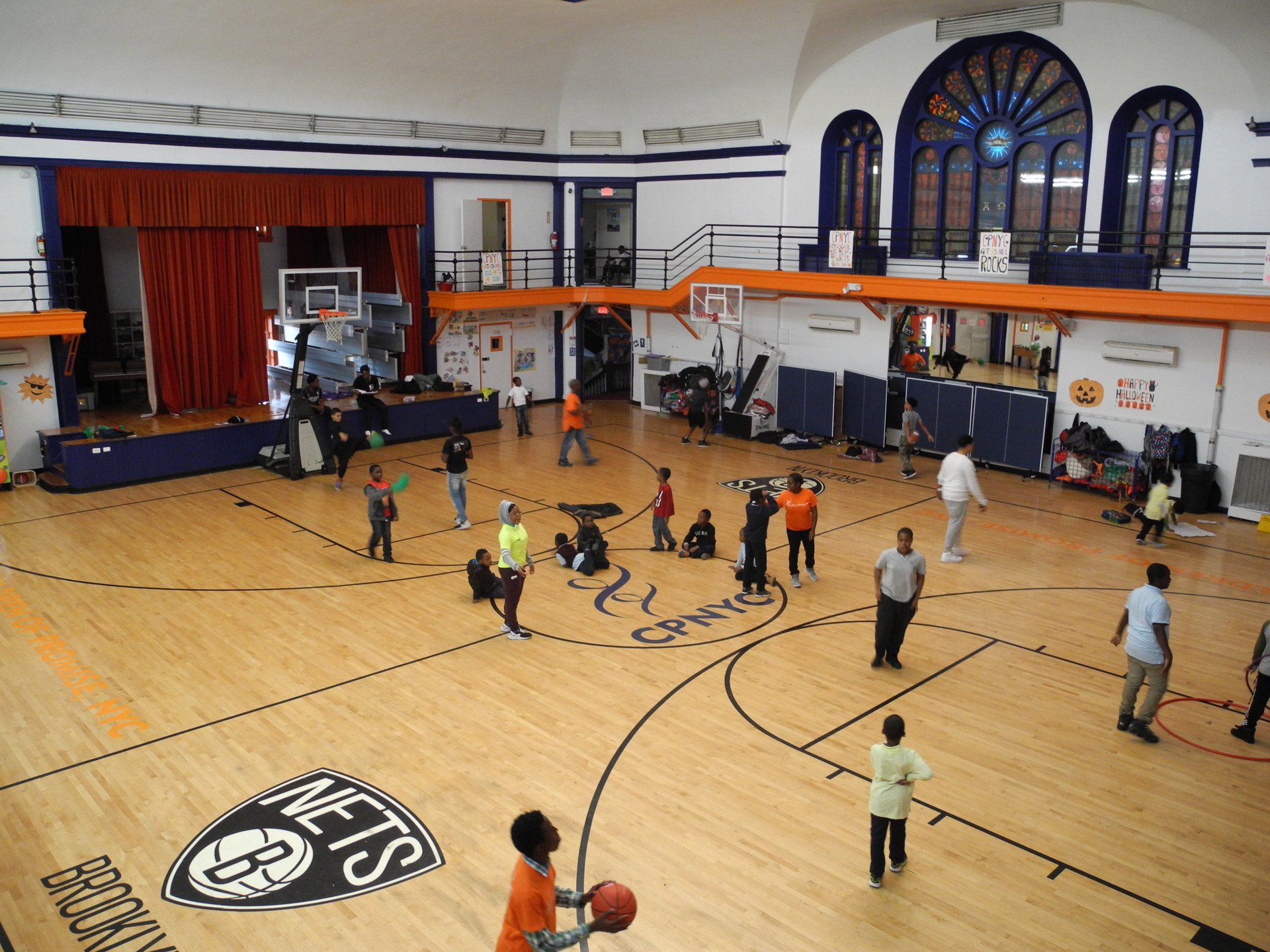One in 14 Americans will grow up with a parent in prison
When Erica was a young child, she had a hard time coping with the absence of her father. Even as a five-year-old, she would violently act out.


When Erica was a young child, she had a hard time coping with the absence of her father. Even as a five-year-old, she would violently act out.
Her mother shielded Erica from the knowledge that her dad was in prison, a convicted serial rapist. Eventually, counselors at a specialized after-school program revealed to Erica that her father was behind bars. They did not talk about his crimes, but they helped her make supervised contact. Erica began visiting and exchanging letters with her father, which greatly improved her behavior. But then, when she was nine, Erica’s dad sent her a letter admitting the reason for his incarceration, and she unraveled again.
More than 5 million children in the United States have had a parent in prison or jail, according to a 2015 study from the Maryland-based research center Child Trends. That’s 1 in 14 Americans who will grow up losing their parents to prison—and this is most likely an undercount. This is particularly troubling for black children like Erica: One in four African Americans born in 1990 has had a father in prison by the age of 14.
Researchers and specialists have understood for some time that a parent’s incarceration can have a severe impact on a child. But the sheer scale of the problem in America today is unprecedented, as the country’s policy of mass incarceration over the past three decades consigns so many children to devastating problems, ranging from crippling PTSD to homelessness. While criminal justice reform efforts are slowly taking effect, the number of children who have had a parent in prison won’t significantly shrink for years—perhaps not even until a new generation comes of age.
The trauma of having a parent behind bars
“I almost spit on my teacher today,” says Nina, 9, whose father is serving 15 years in prison on drug charges. “Okay, but you didn’t,” interjects Anna Mullane, the vice president for mental health services at after-school program Children of Promise NYC, where Nina and Erica are both enrolled. “It’s a big step not to get physical,” Mullane tells me. Nina associates aggression with her dad, and sees it as something that connects them.
Children of Promise aims to help the children of US convicts find healthy ways to connect with their parents, and help the kids cope with trauma. It’s the only organization of its kind serving the New York area, and a rarity on national scale. Based in an old, red brick school building in Brooklyn, it doubles as a psychiatric clinic with a group of social work students, trained counselors, psychiatrists, psychologists and clinicians.
In addition to therapy and educational, after-school style programs, it facilitates communication between kids and incarcerated parents, even shuttling the children to visit prisons that are several hours away. (Family visitation programs have been gutted over the last several decades, a topic explored in a cover story at The Nation). Its philosophy is that the infraction of the parent does not ultimately matter, if the child wants to keep in touch.
“We honor that this is their parent, and this is a relationship that is really valuable to them,” says Mullane. While there is still relatively little research on the subject, studies lean toward this school of thought.

Sharon Content, the director and founder of the program, says that there’s a specific kind of stigma and shame attached to having a parent in prison. The children rarely, if ever, speak about their incarcerated parents with their friends, at school or even at home. Children of Promise tries to break the so-called conspiracy of silence and to provide the children with a safe space to deal with their shared experiences.
Even very young children, who may not fully understand what has happened or where their parents are, can be badly traumatized by parental incarceration. Davis, a teenager at CPNYC, was a young child when his mother killed his abusive father. He struggles to talk about it to this day.
Older children are even more negatively influenced by having parents behind bars. It affects their school performance—many of them get held back or fail out of school—and emotional response. “We’ve seen older teens, ages 17-19, start to utilize substances as a way of escaping what they’re feeling,” Mullane says. “And we’ve seen females take it out on themselves with self-harming behaviors, eating disorders, cutting or suicide attempts.”
Research shows that the risks of parental incarceration pose to kids include increased rates of school dropout, homelessness, drug and alcohol abuse, poverty, PTSD, depression, other mental illness and even reduced life spans.
Born into a cage
“Kids who are five now, kids who are 10 now, 15 now have been exposed to really, really high levels of paternal incarceration. We have not yet seen how that affects their labor market outcomes, education outcomes, criminal justice outcomes, and family outcomes,” says sociologist Christopher Wildeman, co-author of “Children of the Incarceration Boom.”
Wildeman’s research shows that paternal incarceration increases racial inequality among children, measured by mental and behavioral issues, homelessness and even infant mortality.
Wildeman says that we shouldn’t be thinking of these kids and their coming of age in “the sky is falling” terms, but that “we should be aware that we’ve done a bunch of damage to these kids, who disproportionately come from already disadvantaged backgrounds.” Even as we cut down the prison population, he says, the damage has been done. Instead of decreasing, racial disparities caused by mass incarceration will plateau for quite some time.

Michelle Alexander’s seminal book “The New Jim Crow” argues that mass incarceration has formed an “undercaste” of jailed Americans and their children, who are also deprived of a basic safety net after the parents are released from prison. “Certainly youth of color, particularly those in ghetto communities, find themselves born into the cage. They are born into a community in which the rules, laws, policies, structures of their lives virtually guarantee that they will remain trapped for life,” she said in an interview with Rethinking Schools in 2012.
Former convicts in the US are frequently denied public housing, and are ineligible for many jobs. Many can’t vote. Several states still ban drug offenders from receiving food stamps. All that stacks the odds against their kids, from the beginning.
“Peril is generational for black people in America–and incarceration is our current mechanism for ensuring that the peril continues,” writes Ta Nehisi Coates for The Atlantic in “The Black Family in the Age of Mass Incarceration.”
Coates notes that a vast majority of criminal defendants can qualify as indigent. Many of them struggle with drug dependence. “One can imagine a separate world where the state would see these maladies through the lens of government education or public-health programs. Instead it has decided to see them through the lens of criminal justice,” he says.
A study published last year in the journal Sociology of Education shows a parallel phenomenon in America’s schools: While white children who exhibit behavioral issues tend to get medical diagnosis and treatment or help, black children can end up getting arrested.
Black kids are 7.5 times more likely than white kids to have a parent in prison. If they act out, instead of getting treatment for trauma related to their parent’s imprisonment, they could end up incarcerated themselves.
Researchers are careful about making a connection between parental and child incarceration. It’s hard to prove a direct causal link without conducting an extensive, longitudinal study, which has not yet been done in the US. There are many issues, either related to incarceration or simply to the child’s environment, that could lead to trouble with the law. It’s a difficult web to untangle.
But several such studies have been done in Europe, pointing to a link between parental incarceration and a child’s later incarceration as an adult. One study followed over 400 London boys who grew up the 1960s, and concluded that if their fathers were imprisoned before they reached the age of 10, they were likely to engage in severe delinquent behavior as late as 32 years old, even after controlling for other risk factors. Wildeman’s yet unpublished research finds that Danish children whose convicted parents were allowed to pay back society through community service had less trouble with the law than Danish kids whose parents went to prison.

Next steps
Last year, the US Department of Justice announced it would release 6,000 non-violent drug offenders from federal prison. But that is just a drop in a sea of overcrowded detention facilities. Although criminal justice reform now has bipartisan support, with politicians on all levels aiming to cut down the prison population, efforts to incarcerate fewer people in the future will take a long time. That would require overhauling a decades-old system, and changing law and policing, to fix the mass incarceration mentality that is an inextricable part of how America approaches criminal justice.
But as the problem of over-incarcerating adults is gaining attention, the despair of their children remains. When it comes to national scale and severity of impact on a child’s life, Wildeman says the only period in US history comparable to our current era of mass incarceration is the Great Depression.
Children of Promise remains one of a handful of programs across the country catering to this underserved population. To lighten the load placed on children of incarcerated parents, experts agree that the immediate next steps for non-profits, schools and the detention facilities are: addressing their emotional and psychological problems, helping with difficulties in school, reducing stigma, improving the quality of prison visits and creating a more child-friendly environment in the facilities. (Broader solutions, Wildeman adds, such as universal pre-school or welfare programs would be instrumental in lifting up the disadvantaged group).
But it’s an uphill battle. The Federal Communications Commission’s initiative to cap the exorbitant rates on phone calls to and from inmates at 22 cents per minute, for example, was recently stopped by an appeals court, even though a driving argument for capping the rates was to make communication between incarcerated parents and children a little bit easier.
Before the vote, Mignon Clyburn, the FCC commissioner who championed the regulation, mentioned Kevin Reese Jr, a 12-year-old whose father is incarcerated, and who was the face of the campaign. “The reason we are doing this is because we care about your future,” she said, visibly moved. “The reason we are here today is because you deserve relief.”
*The children’s names have been changed to protect their identity.